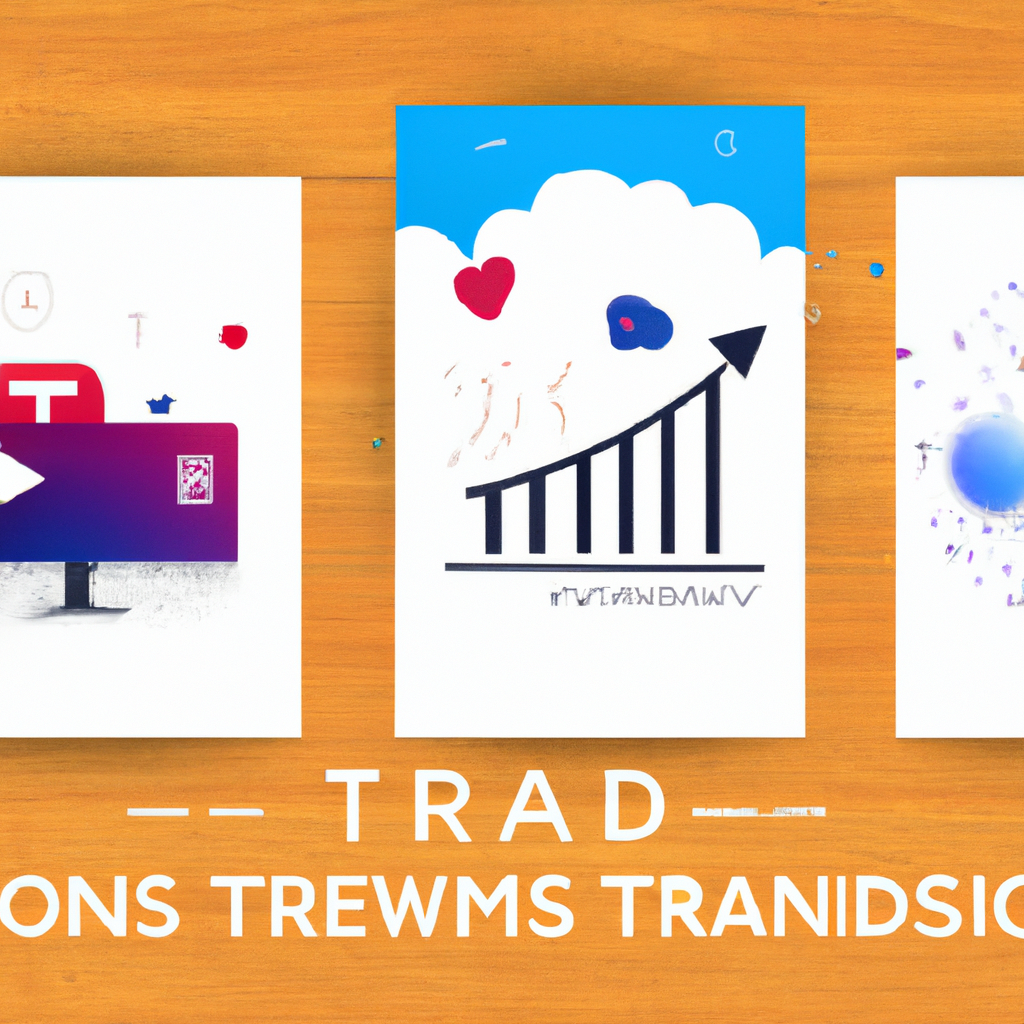In today’s fast-paced digital landscape, short video platforms have become a significant trend, captivating billions of users worldwide. These platforms offer quick and engaging content that resonates with the increasingly time-constrained audience. From TikTok to Instagram Reels, Snapchat Spotlight to YouTube Shorts, the competition in the short video platform space is fierce, with each platform vying for users’ attention and engagement. In this article, we will delve into the growth trends of short video platforms, highlighting key insights, statistics, and expert commentary to provide a comprehensive overview of this evolving landscape.
The Rise of Short Video Platforms
Short video platforms have witnessed a meteoric rise in popularity over the past few years, with millennials and Gen Z leading the charge. These platforms offer a convenient way for users to consume bite-sized content, ranging from entertaining skits and challenges to informative how-to videos and product reviews. The immersive nature of short videos makes them highly shareable, often going viral in a matter of hours.
As of 2021, TikTok reigns supreme as the undisputed leader in the short video platform space, boasting over 1 billion monthly active users worldwide. The platform’s algorithm-driven content recommendation engine has been a key factor in its success, personalized feeding users an endless stream of videos tailored to their interests. Not to be outdone, Instagram launched its own short video feature, Reels, in response to TikTok’s growing dominance. With Instagram’s existing user base of over 1 billion users, Reels has quickly gained traction, attracting creators with its seamless integration into the platform.
The Power of User-generated Content
One of the defining characteristics of short video platforms is the emphasis on user-generated content (UGC). Unlike traditional media channels, where content is often produced by professionals, short video platforms empower everyday users to become creators, showcasing their creativity, humor, or talent to a global audience. This democratization of content creation has democratized the creative industry, enabling aspiring creators to build a following and potentially monetize their content.
According to recent studies, UGC generates 6.9 times higher engagement than brand-generated content on social media platforms. This statistic underscores the importance of authenticity and relatability in capturing users’ attention. Brands have recognized the power of UGC and are increasingly collaborating with influencers and creators on short video platforms to reach their target audience in an organic and impactful way.

The Challenges of Monetization
While short video platforms offer a wealth of opportunities for creators to showcase their talent and connect with a global audience, monetization remains a challenge for many. Unlike traditional media channels, where creators receive compensation for their work through ad revenue or sponsorships, short video platforms often rely on a complex system of algorithms and engagement metrics to determine visibility and reach.
For creators seeking to monetize their content, the path to profitability can be arduous, requiring a significant investment of time and effort to build a loyal and engaged following. Many creators turn to alternative revenue streams, such as brand partnerships, merchandise sales, and crowdfunding, to supplement their income on short video platforms. As the landscape continues to evolve, platforms may need to explore new monetization models to incentivize creators to continue producing high-quality content.
The Future of Short Video Platforms
Looking ahead, the future of short video platforms is poised for continued growth and innovation. As user preferences shift towards shorter, more digestible content, platforms will need to adapt to meet the changing demands of the audience. Features such as live streaming, augmented reality filters, and interactive elements are likely to become more prevalent, enhancing the user experience and driving engagement.
Additionally, as competition intensifies in the short video platform space, platforms will need to differentiate themselves through unique features, creator tools, and content offerings. The rise of niche communities and subcultures on platforms like TikTok and YouTube Shorts highlights the diverse interests and preferences of users, presenting opportunities for platforms to cater to specific demographics and verticals.
In conclusion, the growth trends of short video platforms reflect the evolving nature of digital media consumption and user behavior. As platforms continue to innovate and adapt to changing trends, the future of short video platforms looks promising, offering creators new opportunities to showcase their talent and reach a global audience. By staying attuned to user preferences and embracing creativity and authenticity, short video platforms are poised to thrive in the ever-changing digital landscape.


